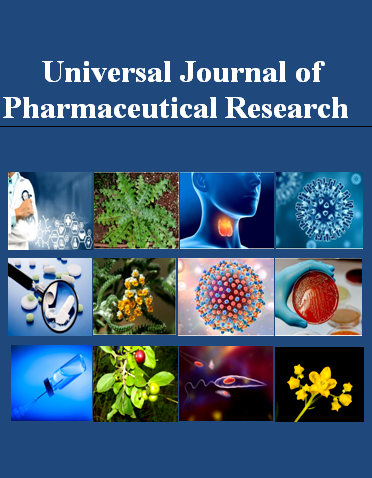ORAL C. ALBICANS COLONIZATION AND NON-CANDIDA ALBICANS CANDIDA COLONIZATION AMONG UNIVERSITY STUDENTS, YEMEN
Keywords:
Oral C. albicans colonization (OCC), Non-Candida albicans Candida colonization (ONCACC), risk factors, YemenAbstract
Objectives: Candida albicans is diploid yeast that in some circumstances may cause oral or oropharyngeal infections. This investigation aimed to study the oral C. albicans colonization (OCC) and Non-Candida albicans Candida colonization (ONCACC) and risk factors of OCC in healthy University students.
Methods: This cross sectional laboratory study was carried between January 2014 and July 2014. A total of 265 healthy students were included in this study, 131 males and 134 females. Demographic and clinical and risk factor variables were registered in predesigned questionnaire. Standard methods were used for collection oral specimens, culturing and identifying Candida species.
Results: The crude rate of OCC was 17.7% and the crude rate of ONCACC was 29.1%. C. tropicalis and C. glabrata were the most common species isolated after C. albicans. Statistically significant association of OCC (< 0.05), was identified between the gender (male) (OR=3.7), smoking (OR=14.6), denture wearing (OR=6.2), dental bridge (OR=5.4), orthodontics (OR=2.5), the reduced saliva flow rate (OR=11.3), previous antibiotics users (OR=2.99), and Qat chewers (OR=5.2).
Conclusion: Current study results are important for the development of strategies to eliminate these indicators of risk and significantly reduce Candida species colonization and oral Candida infections in young healthy adults and in general in Yemen community. The data also suggests that the prevalence rate of OCC was relatively high and it was affected by presence of prostheses, orthodontics, behaviors, xerostomia certain sociodemographic characteristics, which indicate the need for comprehensive, scheduled programs of healthcare educations.
Peer Review History:
Received 13 August 2017; Revised 19 September; Accepted 28 October; Available online 15 November 2017
Academic Editor: Dr. Amany Mohamed Alboghdadly , Princess Nourah bint abdulrahman university, Riyadh, amalbgadley@pnu.edu.sa
, Princess Nourah bint abdulrahman university, Riyadh, amalbgadley@pnu.edu.sa
Reviewer(s) detail:
Dr. Heba-Tallah Ahmed Mohamed Moustafa , Heliopolis University Cairo, Egypt, anasweety2003@yahoo.com
, Heliopolis University Cairo, Egypt, anasweety2003@yahoo.com
Noha El Baghdady , MTI University, Cairo, Egypt, nohasalah21@yahoo.com
, MTI University, Cairo, Egypt, nohasalah21@yahoo.com
Downloads

Published
How to Cite
Issue
Section

This work is licensed under a Creative Commons Attribution-NonCommercial 4.0 International License.










 .
.